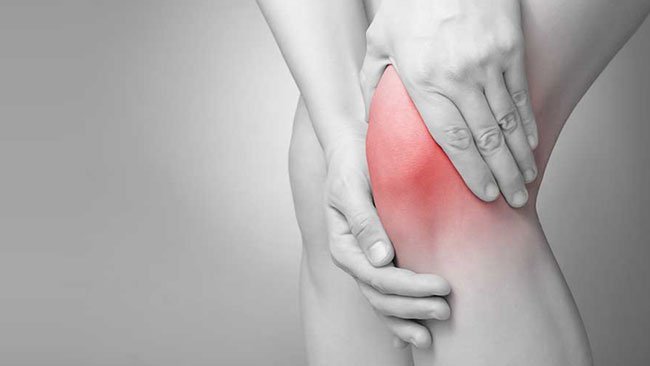Have you ever felt pain in your knees while walking, or stiffness in your back after sitting too long? These could be signs of orthopedic conditions—health issues that affect your bones, joints, ligaments, muscles, or tendons.
At The Physionic, we understand how limiting these conditions can be. Whether it’s a sports injury, chronic arthritis, or a slipped disc, we’re here to help you move better and live pain-free.
👉 Book an orthopedic consultation now and get expert care for bone, joint, or muscle problems.
What Are Orthopedic Conditions?
Orthopedic conditions are medical issues related to the musculoskeletal system, which includes:
- Bones
- Joints
- Muscles
- Tendons
- Ligaments
- Cartilage
These structures work together to support movement and stability. When something goes wrong—due to injury, aging, or illness—it can cause pain, inflammation, or limited mobility.
Common Orthopedic Conditions We Treat
Here are some of the most frequently seen orthopedic problems:
1. Osteoarthritis
- A degenerative joint disease where cartilage wears down over time
- Common in knees, hips, and hands
- Causes pain, stiffness, and swelling
2. Rheumatoid Arthritis
- An autoimmune condition causing inflammation in joints
- Leads to pain, fatigue, and joint deformity if untreated
3. Back Pain & Slipped Disc
- Often caused by poor posture, lifting injuries, or age-related degeneration
- May lead to numbness or pain radiating down the leg (sciatica)
4. Frozen Shoulder
- Pain and stiffness that limits shoulder movement
- Often develops gradually and affects daily tasks
5. Tennis Elbow / Golfer’s Elbow
- Overuse injuries from repetitive arm motions
- Causes elbow pain and weak grip strength
6. ACL Injuries / Sports Injuries
- Tears in knee ligaments are common in athletes
- May need physiotherapy or surgical support
7. Fractures and Bone Injuries
- Broken bones from accidents or weak bones due to osteoporosis
- Require immediate diagnosis and treatment
How We Diagnose and Treat Orthopedic Issues at The Physionic
We take a personalized approach to every patient. Here’s what you can expect:
Diagnosis
- Detailed physical exams
- X-rays, MRI, or CT scans
- Range-of-motion and strength tests
Treatment Options
- Physiotherapy: Strengthening and rehabilitation
- Medications: For inflammation, pain, or autoimmune control
- Lifestyle Changes: Exercise plans, posture training, diet advice
- Surgery Referrals: If non-invasive treatments are not enough
We work closely with orthopedic surgeons, physiotherapists, and pain specialists to create a custom recovery plan that works for you.
👉 Schedule your consultation at The Physionic
Tips to Prevent Orthopedic Problems
- Maintain a healthy weight to reduce pressure on joints
- Stay active with low-impact exercises (like walking or swimming)
- Practice good posture at work and while sitting
- Stretch regularly to improve flexibility
- Use proper techniques when lifting heavy objects
When Should You See an Orthopedic Specialist?
See a doctor if you’re experiencing:
- Persistent joint or muscle pain
- Swelling, redness, or warmth in joints
- Trouble walking or moving a joint
- Numbness or tingling in your limbs
- Pain from a past injury that’s not healing
👉 Don’t wait for the pain to get worse. Book your appointment now at The Physionic and get back to doing what you love.
To learn more from reliable source

